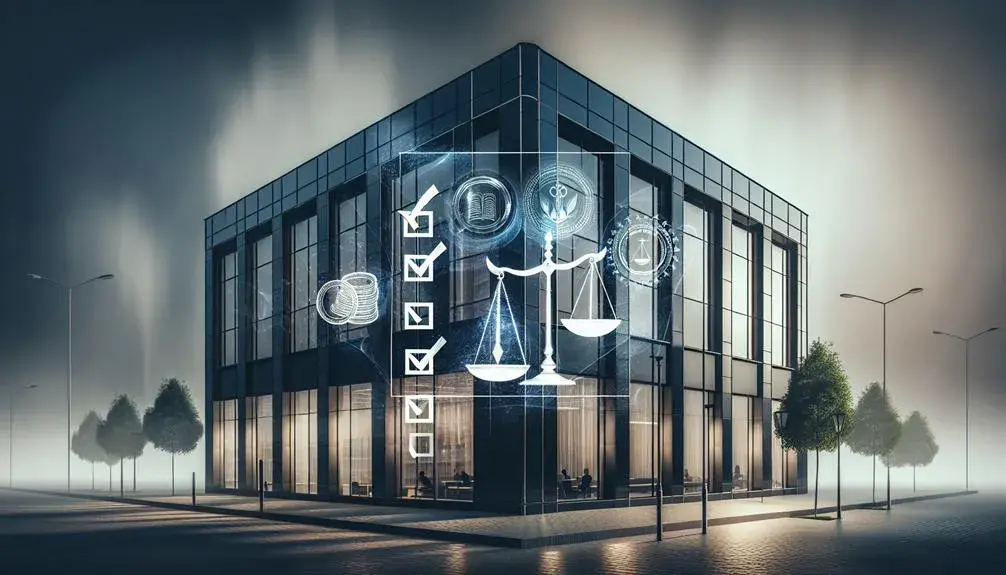
In the realm of building and construction, commercial window tinting has emerged as a potent solution to meet a range of regulatory standards. This includes aspects such as energy efficiency, glare reduction, and safety measures. While the aesthetic appeal of tinted windows is undeniable, it is the capacity of these customized solutions to conform to stringent legislative policies that truly distinguishes them.
A nuanced understanding of this compliance necessitates an in-depth exploration of the associated regulations, the scientific principles undergirding the tinting process, and the consequent implications for businesses and building managers. With this perspective, we set the stage to further examine the interplay between commercial tinting and regulatory compliance. This topic’s relevance is heightened in today’s context of environmental concerns and stringent building standards.
Commercial Tinting: Regulatory Landscape
Navigating through the complex regulatory landscape of commercial tinting, businesses must adhere to various regional and national standards to ensure their window tinting practices are within legal bounds. Each jurisdiction has specific rules governing aspects such as tint percentage, reflectivity, and color. These regulations are typically aimed at ensuring safety and privacy, but also take into account aesthetic considerations.
Violations can lead to hefty fines, legal ramifications, and damage to the company’s reputation. Hence, it is crucial for businesses to conduct diligent research and seek professional guidance to fully comprehend and abide by these standards. The sense of belonging that comes from a compliant and socially responsible business is invaluable and establishes a strong foundation for sustainable growth.
Ensuring Compliance Through Tinting
To ensure compliance with tinting regulations, businesses must implement meticulous strategies that encompass understanding the intricacies of legal requirements, conducting regular audits, and employing expert services when necessary. Compliance is a multifaceted process that hinges on a thorough knowledge of established codes and industry standards.
Regular audits enable businesses to identify potential areas of non-compliance and take corrective actions promptly. These audits involve a systematic examination of tinted windows, ensuring they meet the specifications for light transmission and reflectance.
Additionally, expert services play a crucial role in maintaining compliance. These professionals, adept in the nuances of tinting regulations, can offer advice and solutions to ensure a business’s operations remain within the legal parameters, thus fostering an environment of trust and transparency.